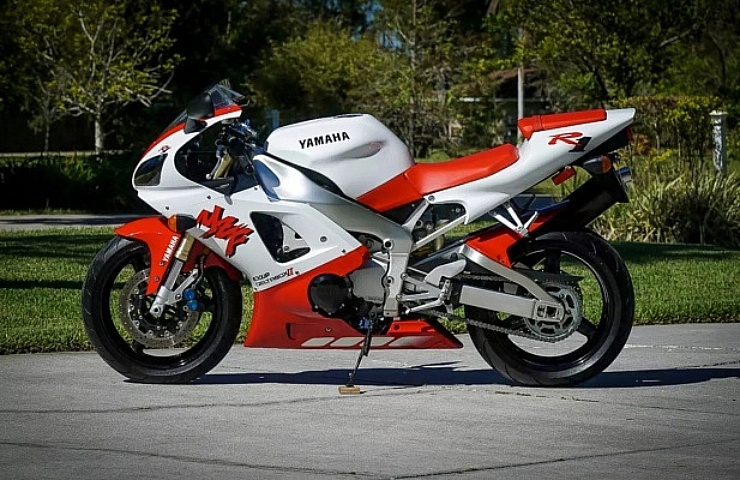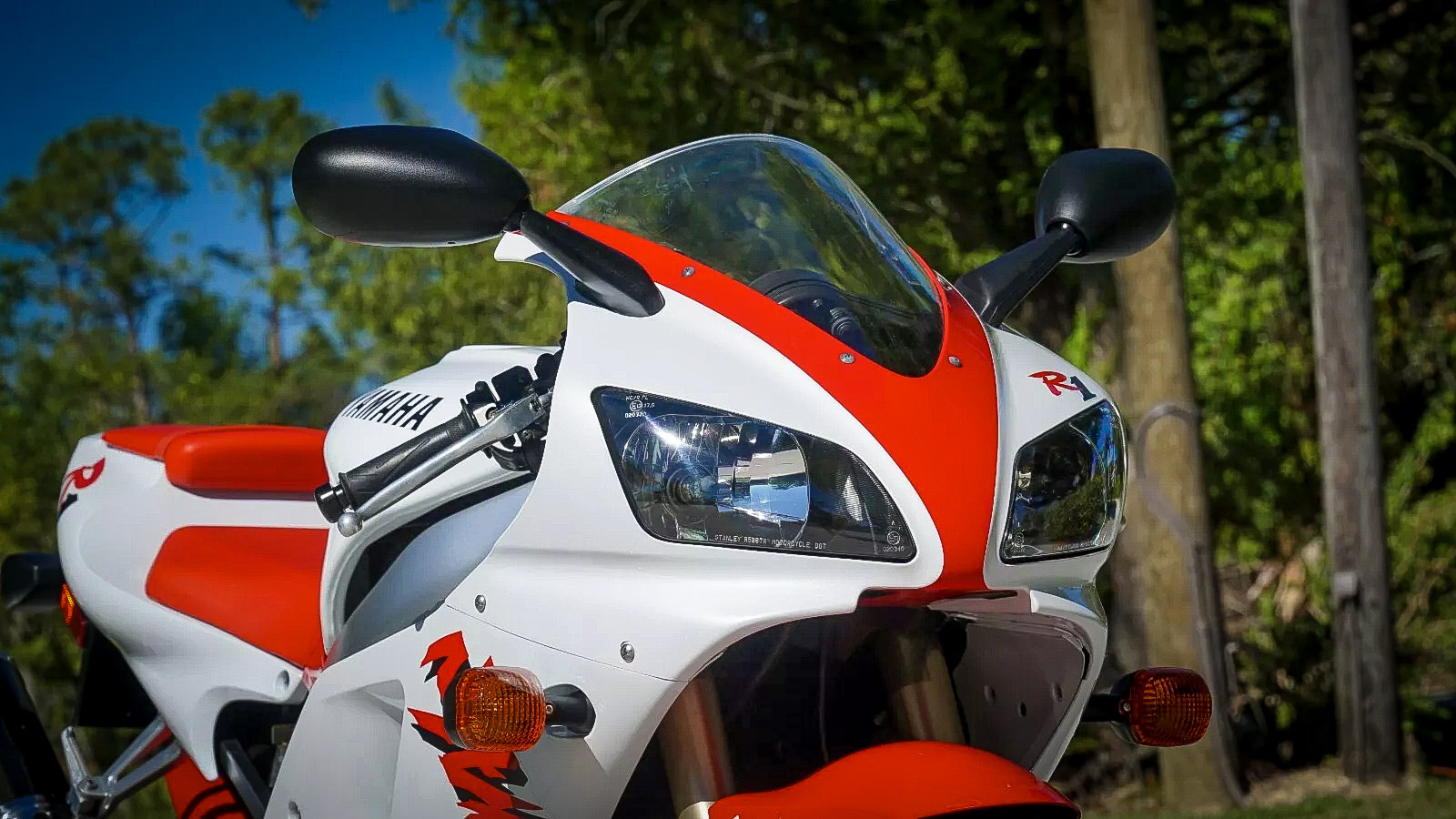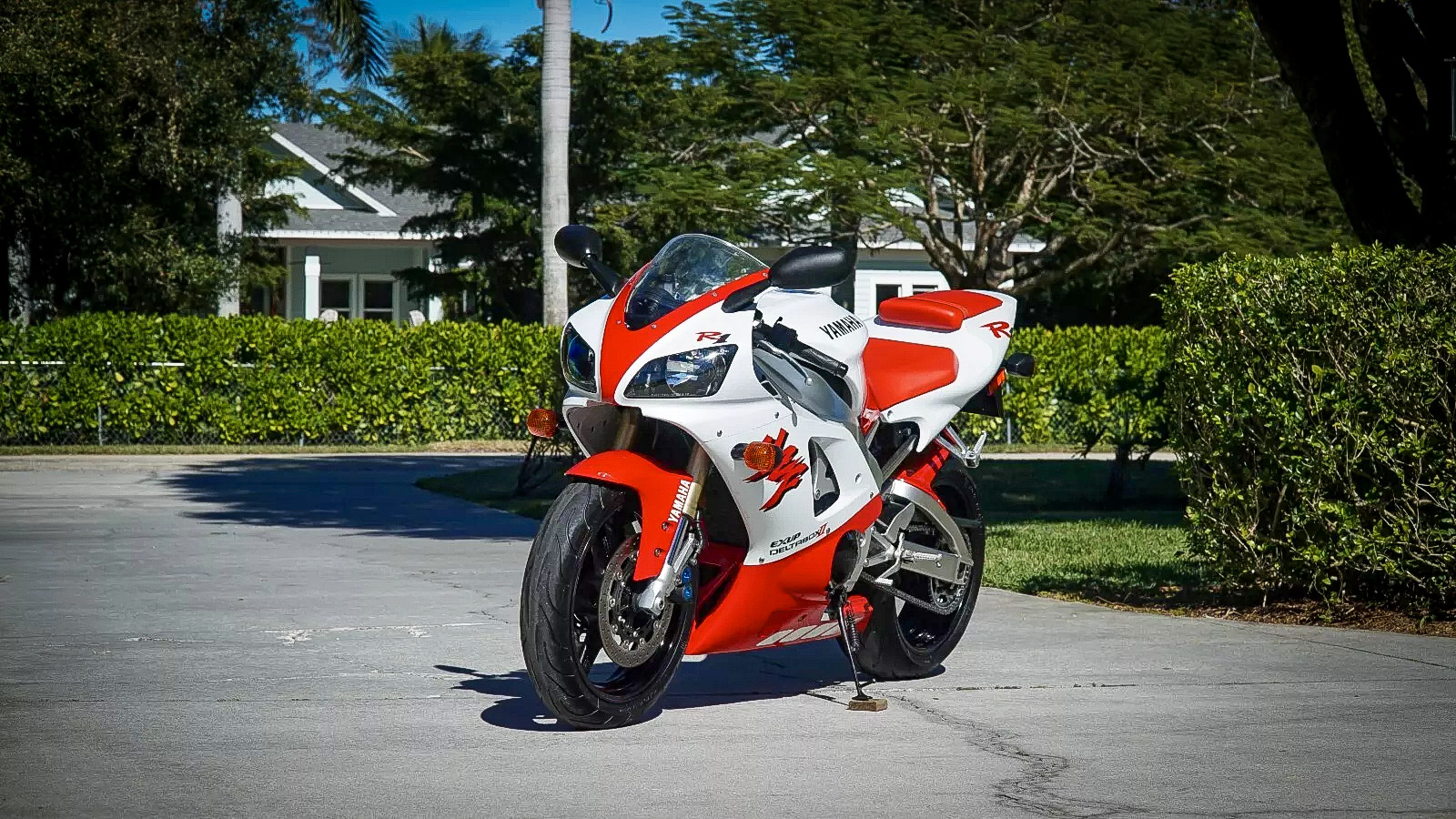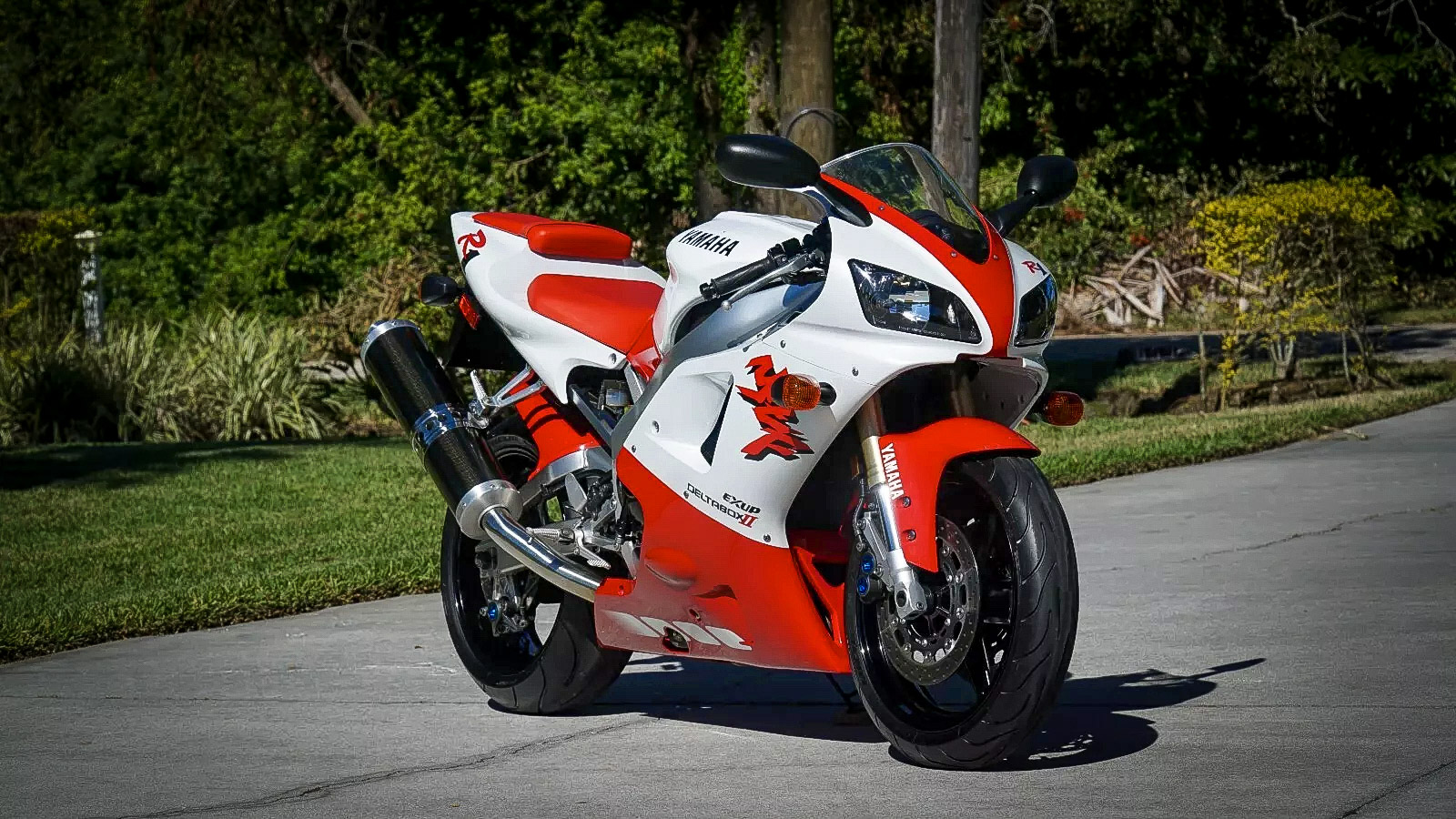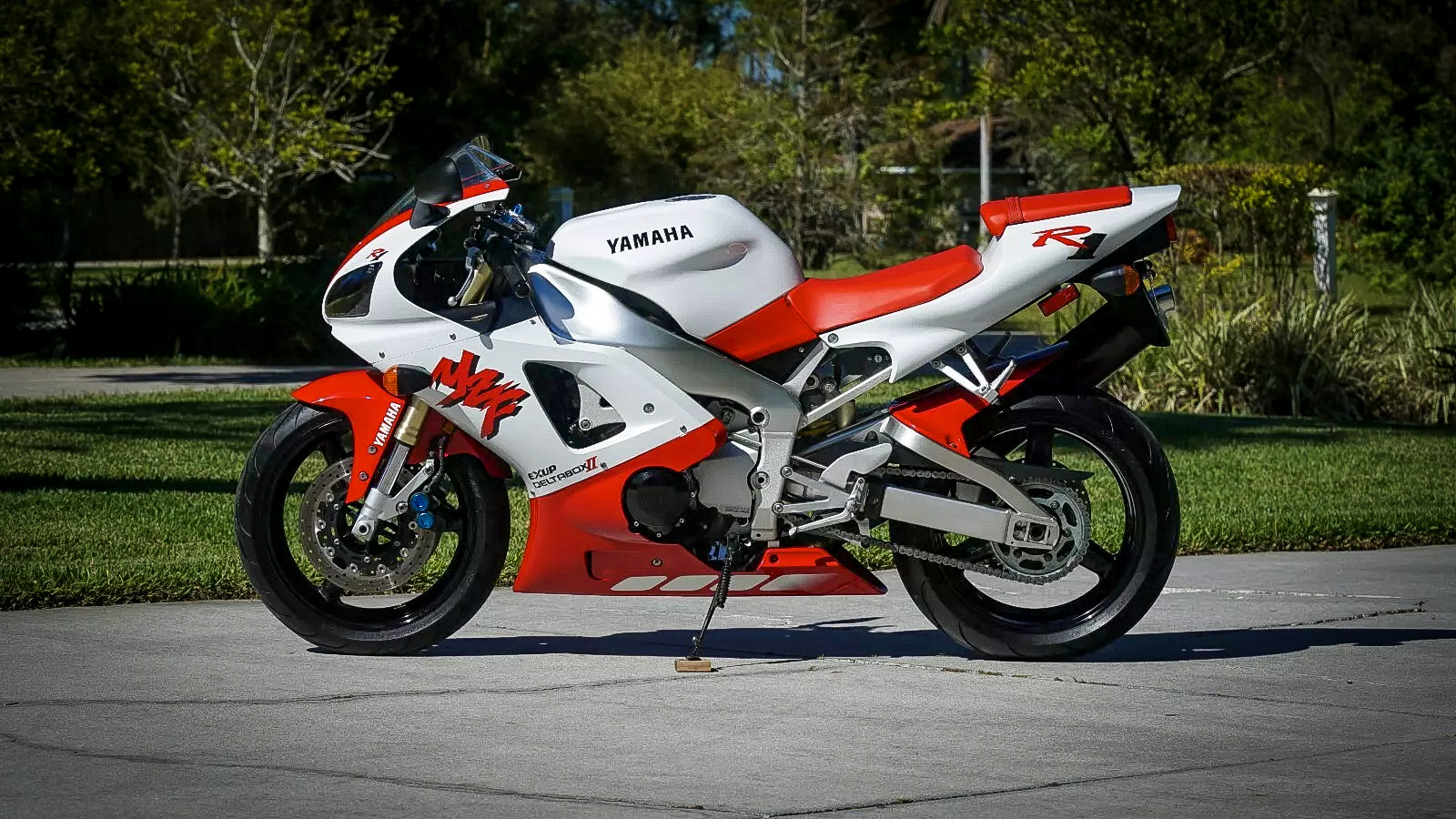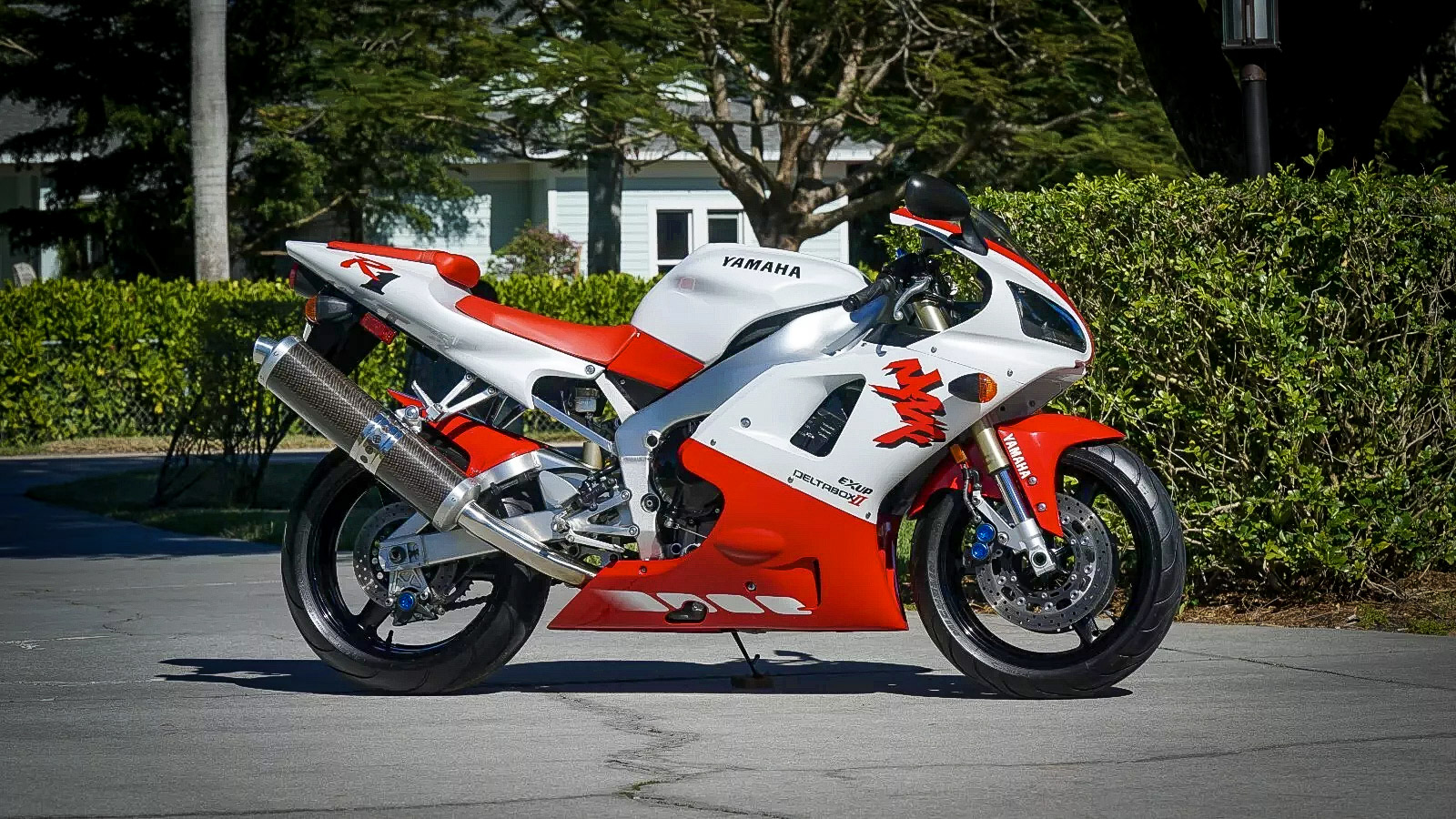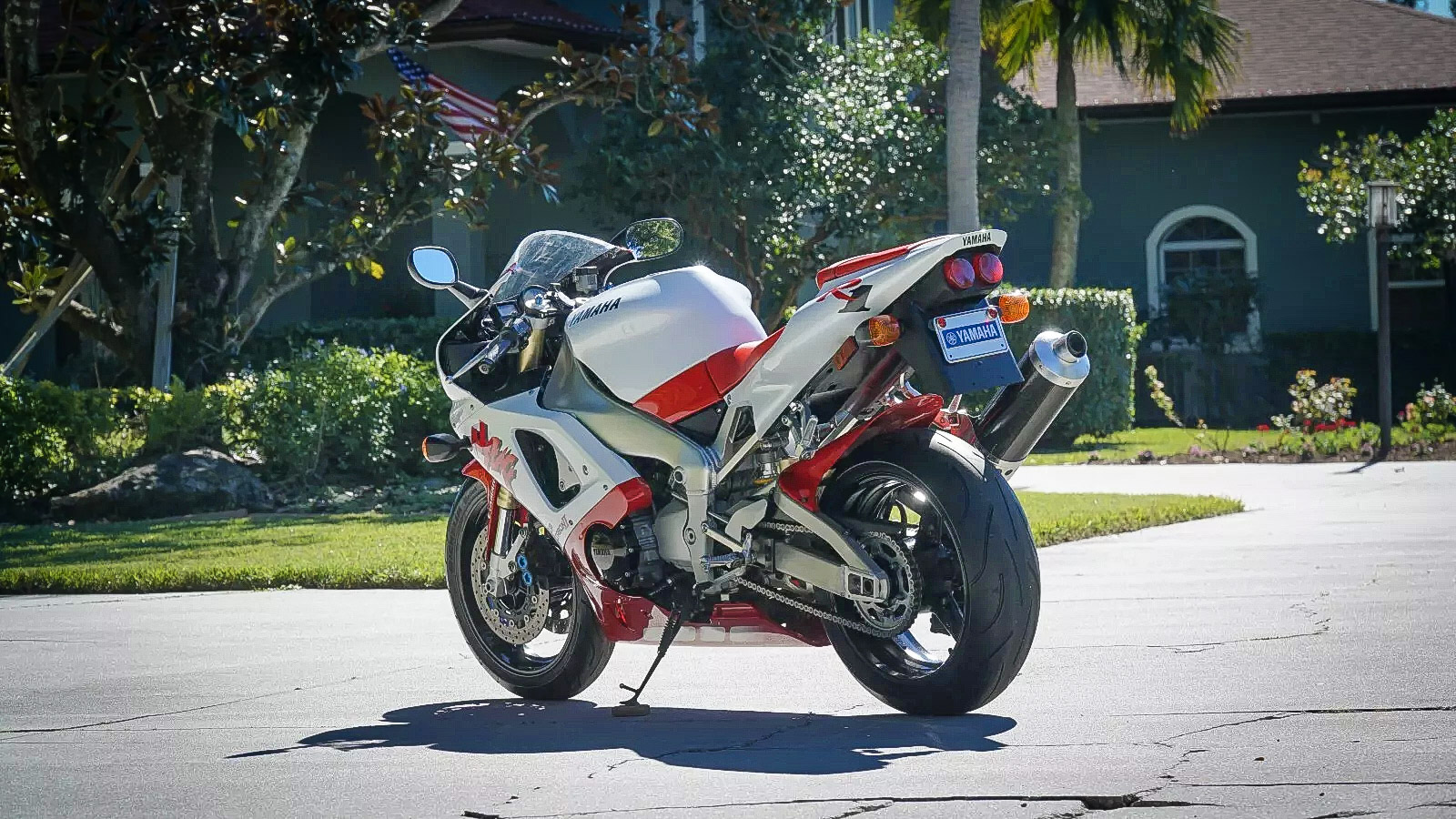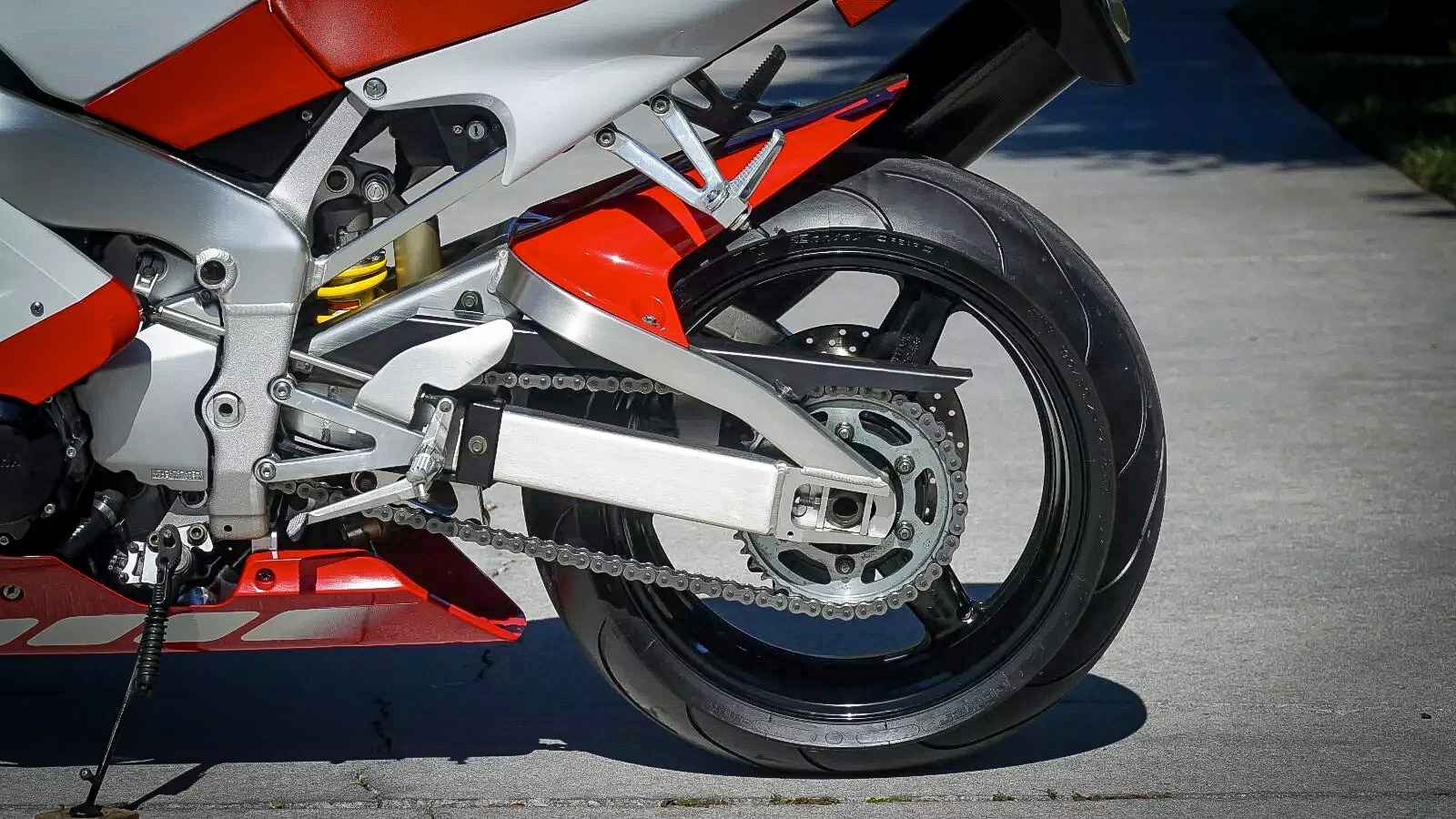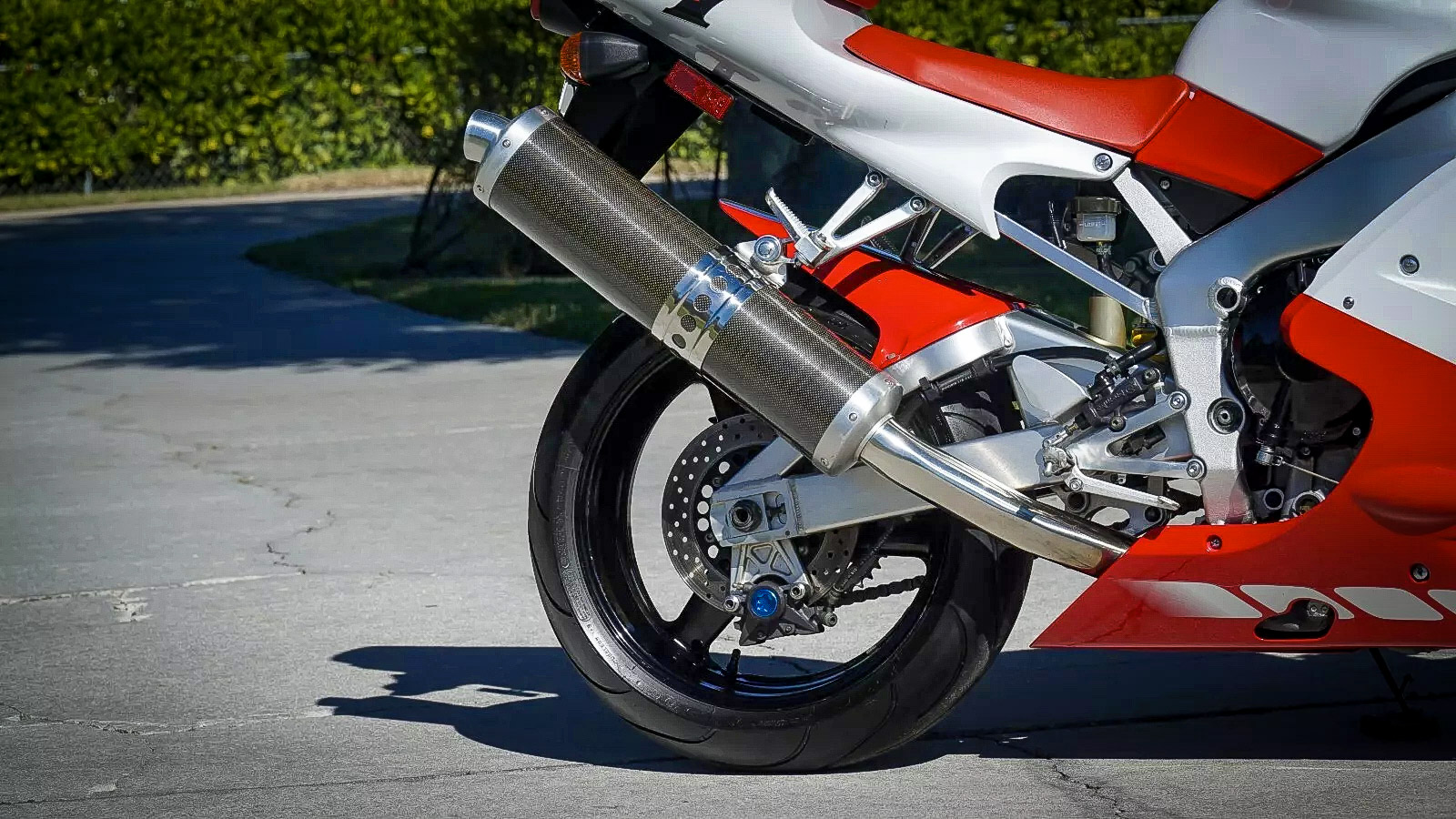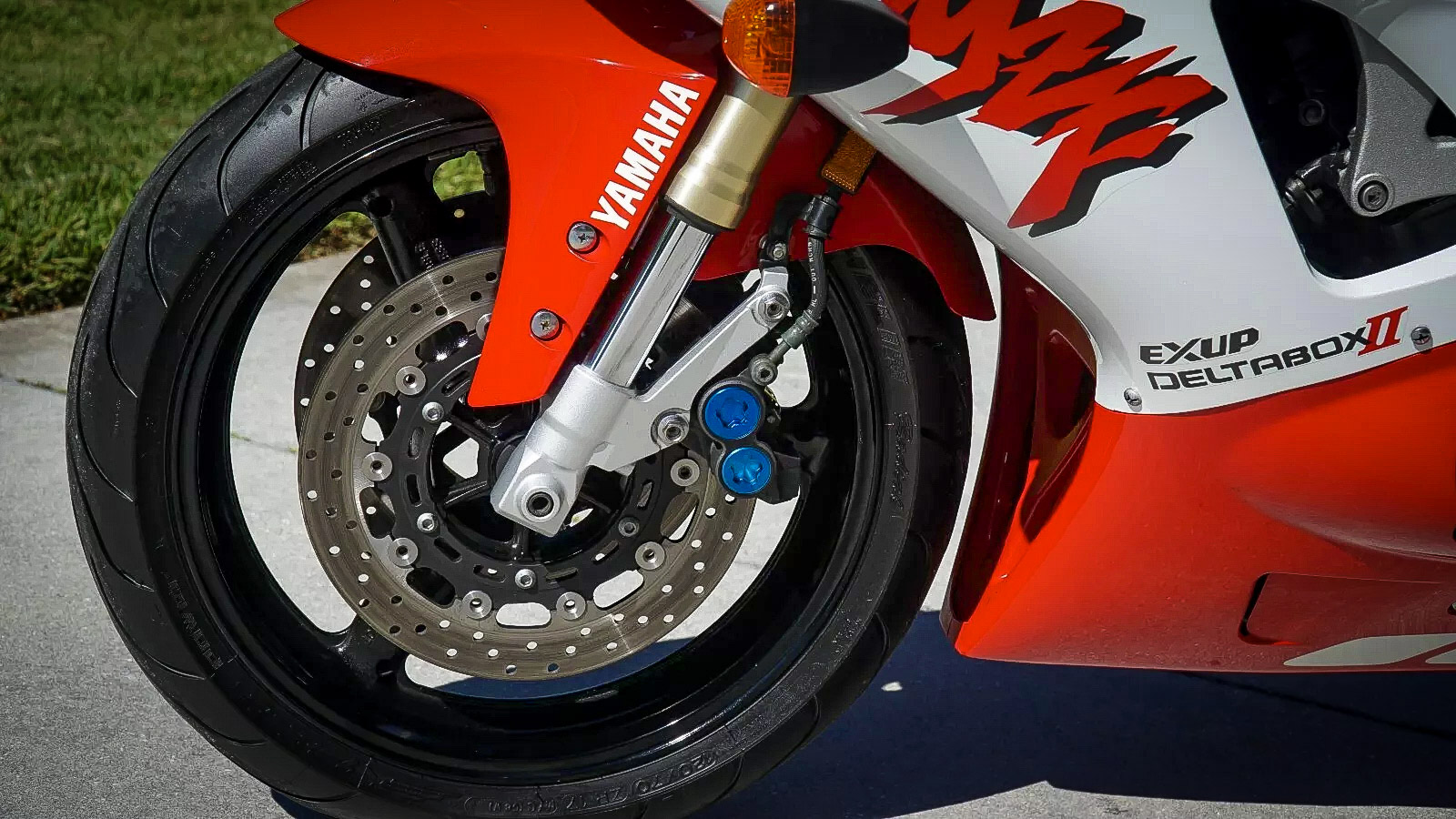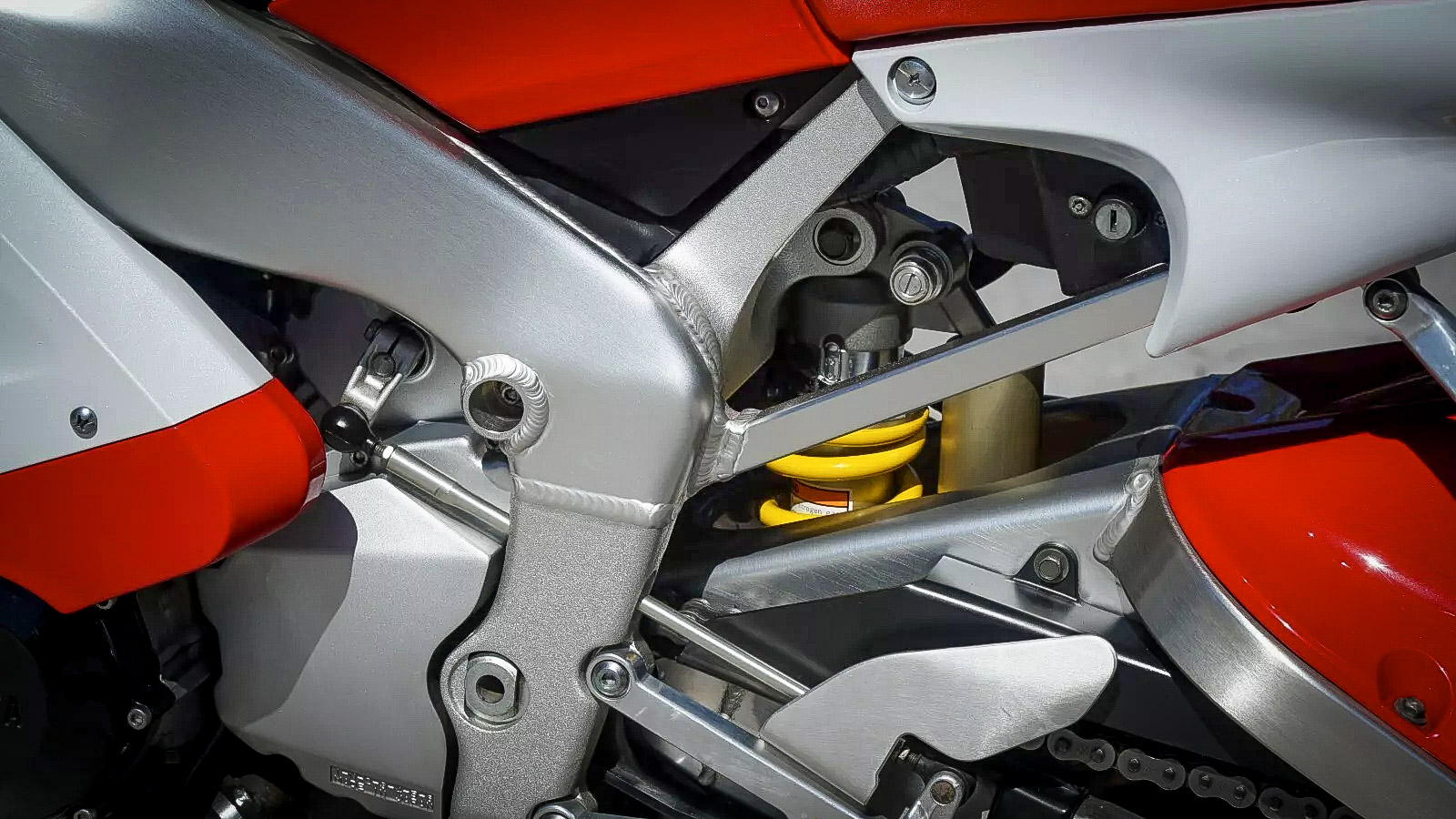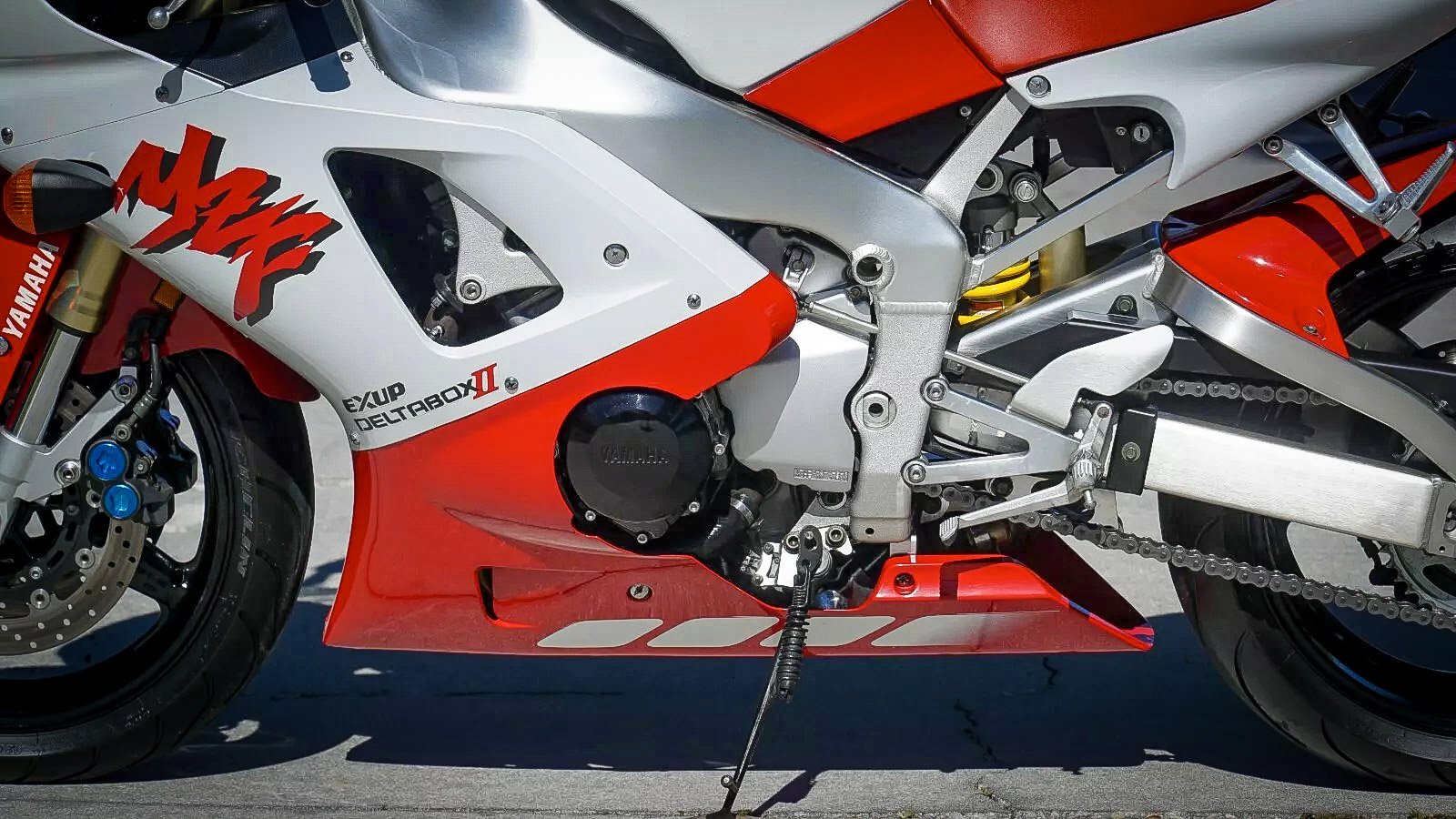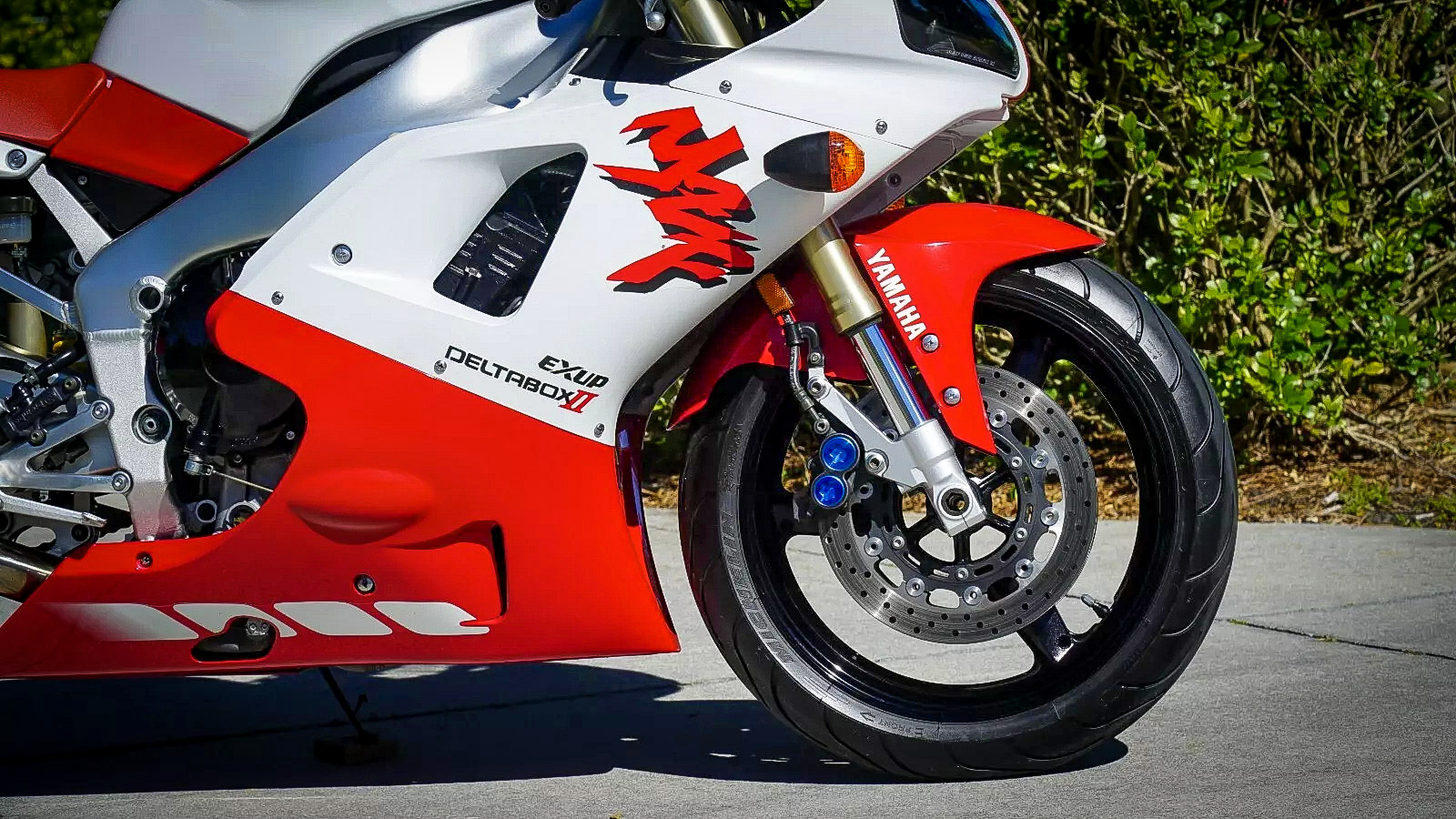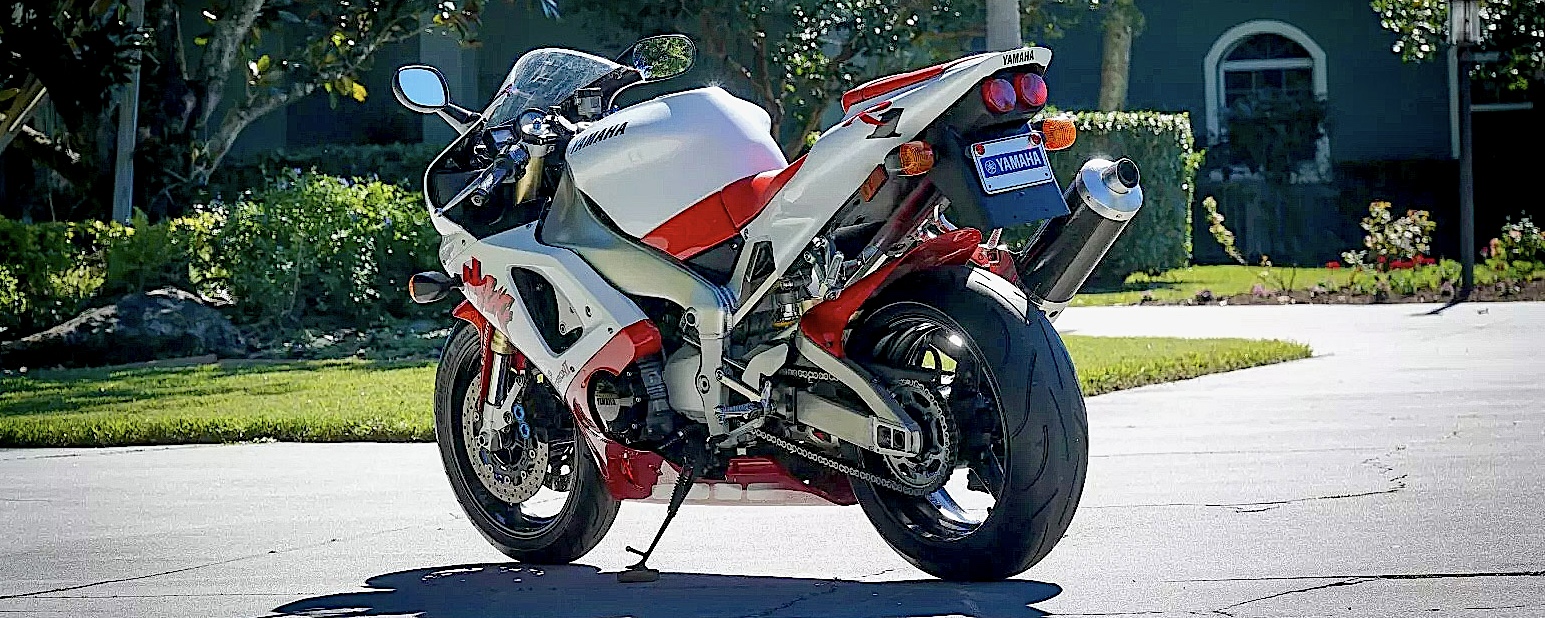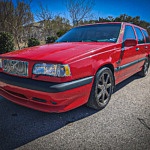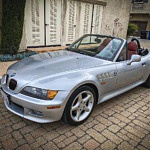This original, unrestored 1998 Yamaha YZF-R1 currently for sale on eBay is a fine example of the superbike to have.
Shop now for Yamaha YZF-RClean and Unrestored
Just about every sports bike on the market today bears the indelible influence of Yamaha’s R1 somewhere in its design and construction. Consider this delectable example from a seller in Fort Myers, Fla.
It’s common for motorcycle owners—especially superbike owners—to personalize components on their ride. Chief among these are the controls and the exhaust system. They’re often swapped for something lighter and more exotic. However, all of these parts on this R1 are still standard factory items, which is rare.
Minor Blemishes
A close-up scan of the images shows that this is clearly not a machine that was used and put away wet. But it isn’t perfect.
The seller reports enjoying the R1 regularly. They also obviously took very good care of the machine. The next owner could address a couple of minor areas: At some stage, the fuel tank received an inevitable ding. Also, one of the photos shows a very small bodywork repair just above the left-side indicator repeater. The bill to rectify both will probably not exceed $500.
Shop now for YZF partsGame Changer
As the superbike world tottered into the late 1990s, 1,000-cc machines were bulky, boxy, and necessarily long. Every maker was forced to up their game considerably when Yamaha launched the YZF-R1.
The YZF-R1’s bold, angular styling looked different. It was also a whole new way to package a superbike. It was so compact that it was often mistaken for a 600-cc bike. This new, smaller size was the key to its success.
The compact dimensions directly resulted from Yamaha’s new stacked gearbox. The reconfigured transmission allowed for a much smaller engine/gearbox casting, lowering the center of gravity and sharpening handling. The added space behind the engine/gearbox made room for a longer rear suspension arm without lengthening the wheelbase, making for a fun, stable, and responsive motorcycle.
Shop now for Dunlop TiresGet the One with Less Power
In 1998, Yamaha didn’t have the computing power needed to run a suitable fuel injection system on the YZF-R1. Instead, it used a set of proven Keihin CV carburetors until fuel injection was available in 2002.
The injection system improved power slightly, but it muted the carbureted YZF-R1’s character and snappy response. So, demand for earlier examples like this one is unlikely to fade. All you’ll need is a sticky set of tires.
Shop now for Yamaha YZF-R
